How to grow spider plant babies – three foolproof ways to propagate like a pro
Nurture and grow spider plant babies into fully-fledged adults in no time
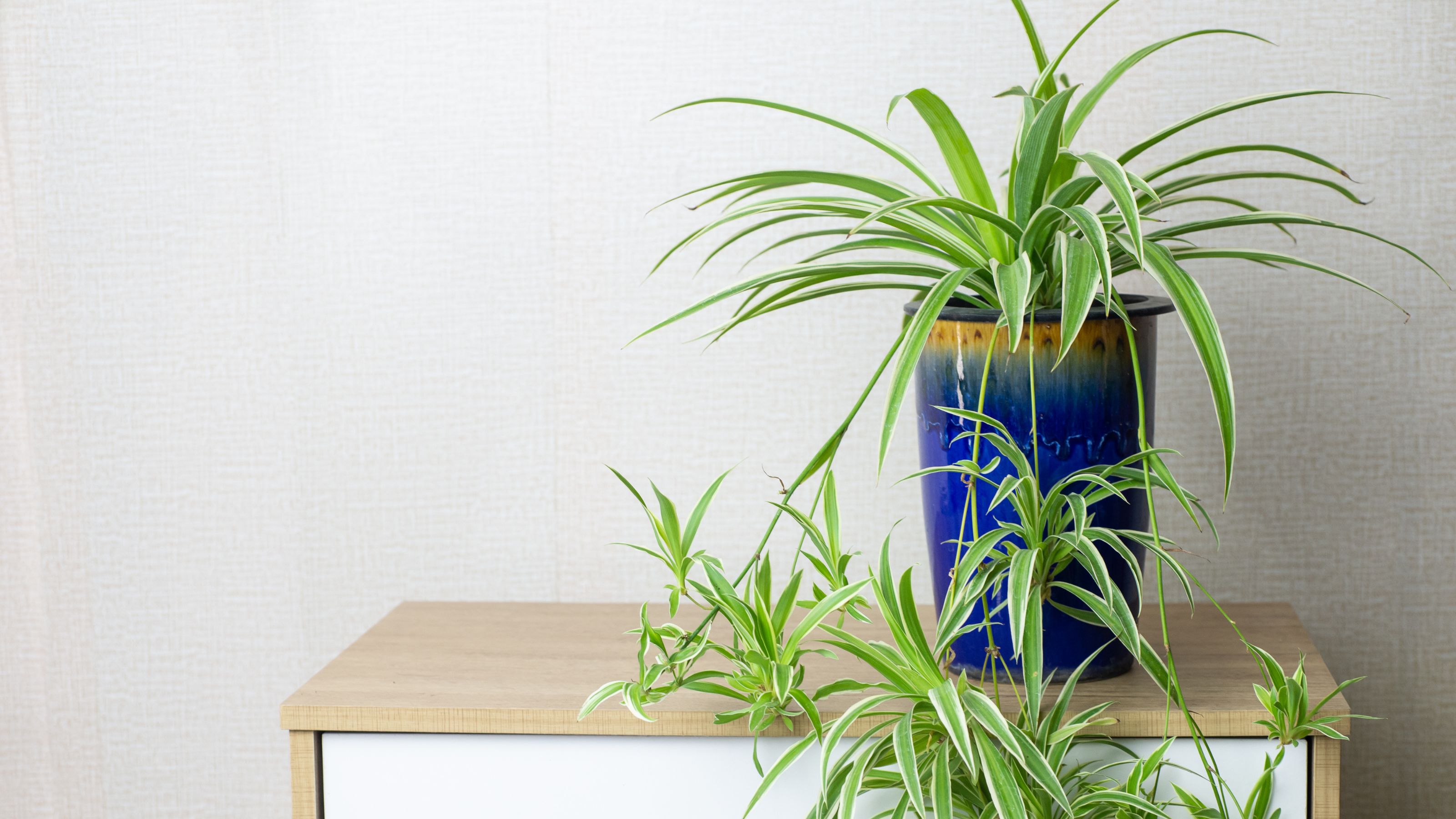

Holly Reaney
Always wanted to grow spider plant babies, but not sure where to even begin? We don’t blame you.
If you're successfully caring for your spider plant, you'll find that it will naturally grow its own plantlets - often called spiderettes, babies or pups. These grow directly from the mother plant, with a node where the roots would normally be.
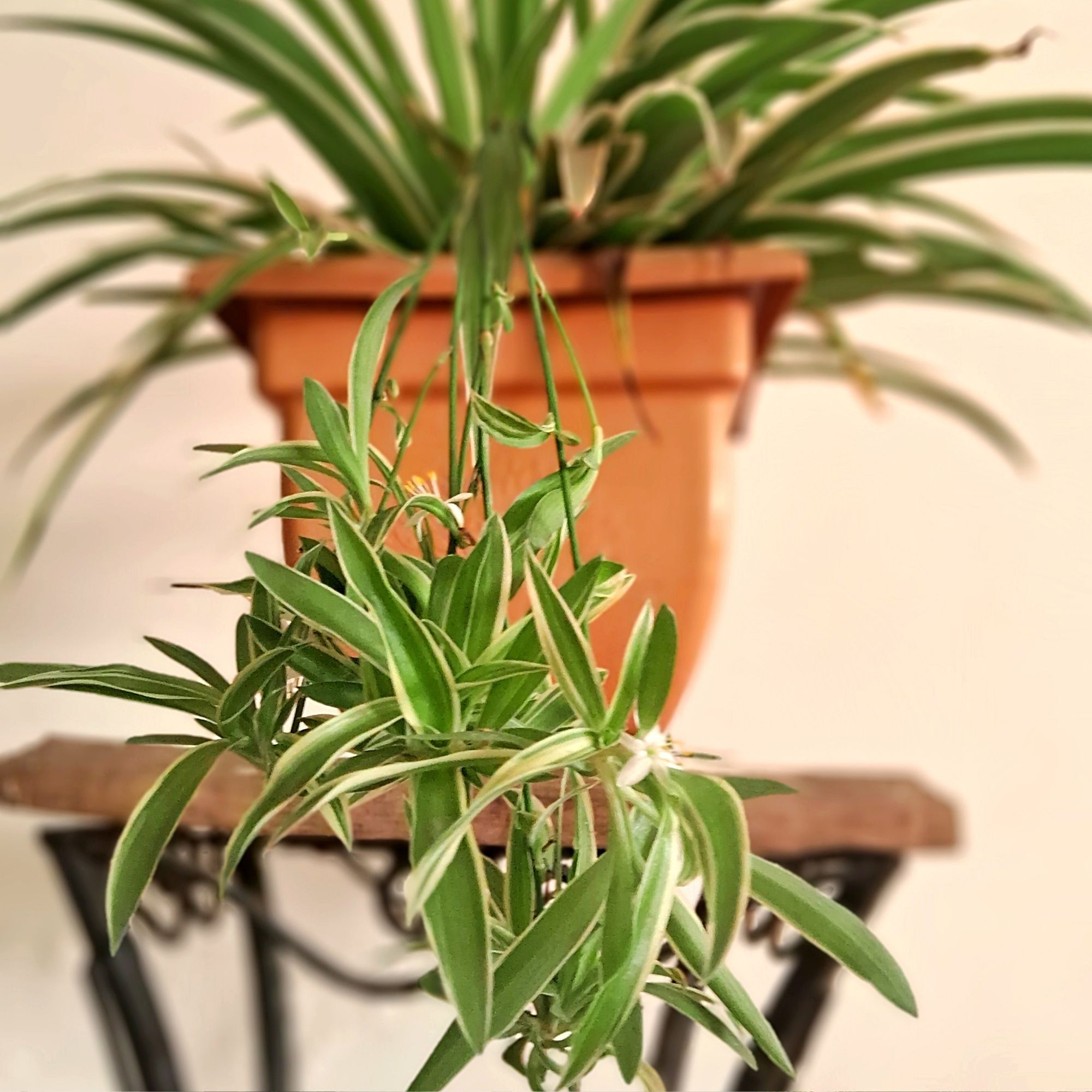
How to grow spider plant babies
One of our favourite houseplant ideas, spider plants are perfect for first-time houseplant owners or those looking to get into the propagation game. They are simultaneously beautiful and extremely durable – in fact, they are one of the most unkillable houseplants.
If you’ve never grown spider plant babies before, don’t panic. These plants basically do the hard work for you. A happy spider plant will produce long vines during spring and summer. These vines will burst into bloom with tiny white, unscented flowers before culminating in a small leafy plantlet, also known as a spiderette.
‘These are spider plant babies and can be removed from the mother plant to give you a new houseplant,’ explains Morag Hill, co-founder of The Little Botanical.
To make matters even easier, there are three foolproof ways to grow your own spider plant babies at home. Take a read, and see which method tickles your fancy the most. Pretty soon your home will be overflowing with these easy-to-care-for houseplants – you might even have a couple left over to gift friends.
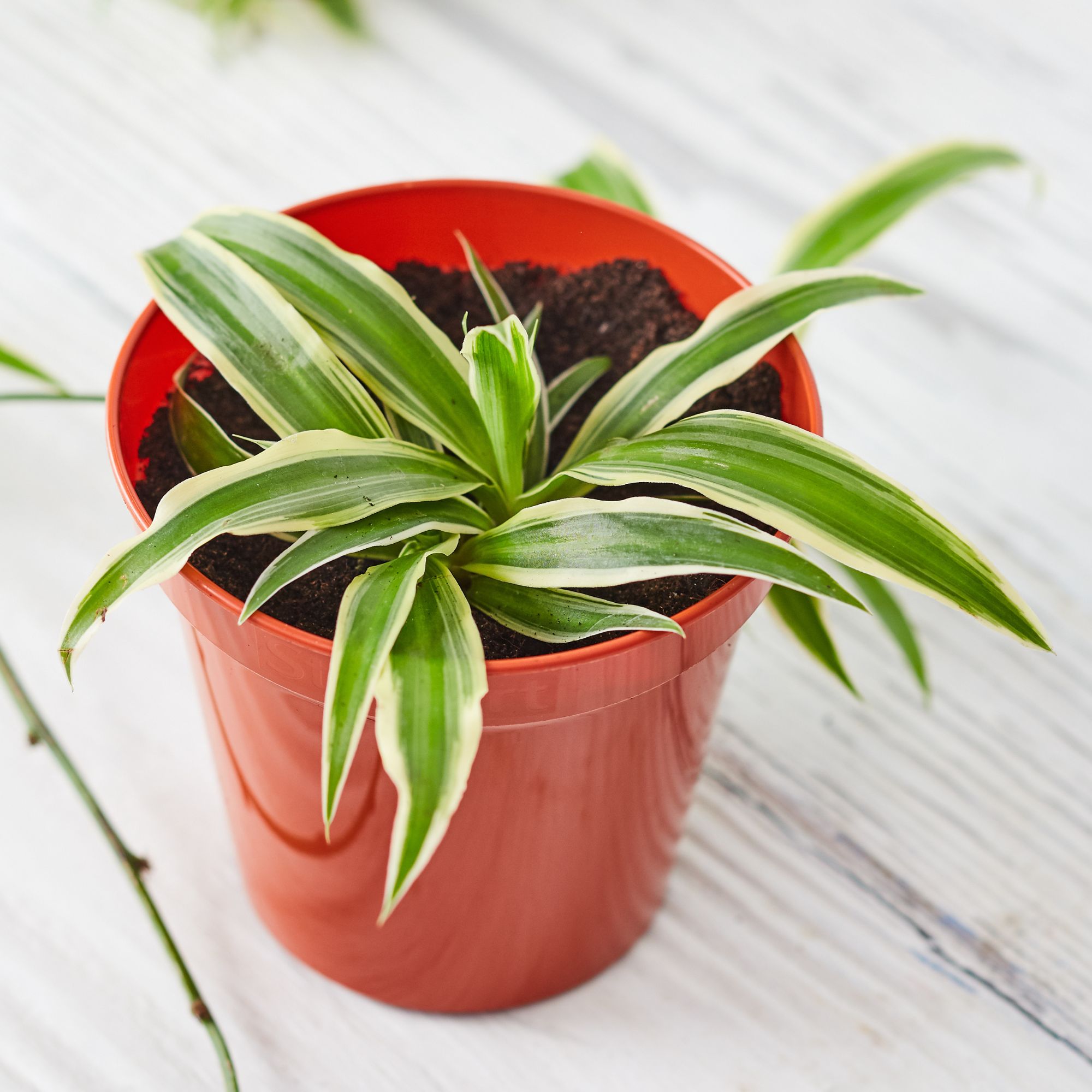
How to grow spider plant babies from plantlets
One of the easiest ways to grow spider plant babies is to propagate in compost. ‘Simply snip the baby plant away from the mother plant with clean scissors or secateurs making sure that you include at least two brown nodules as these will become the roots. Pot into fresh, damp compost and watch it grow,’ says Morag Hill, co-founder of The Little Botanical.
If you want to increase your chances of success, dip the bottom of the plantlet in rooting powder – like this Doff Hormone Rooting Powder from Amazon. However, most people find that rooting powder is not essential.
During this process, keep the soil moist but not too wet. Then, when the roots are fully formed, you can finally snip the plantlet from the mother plant and place it in a sunny position to continue growing.
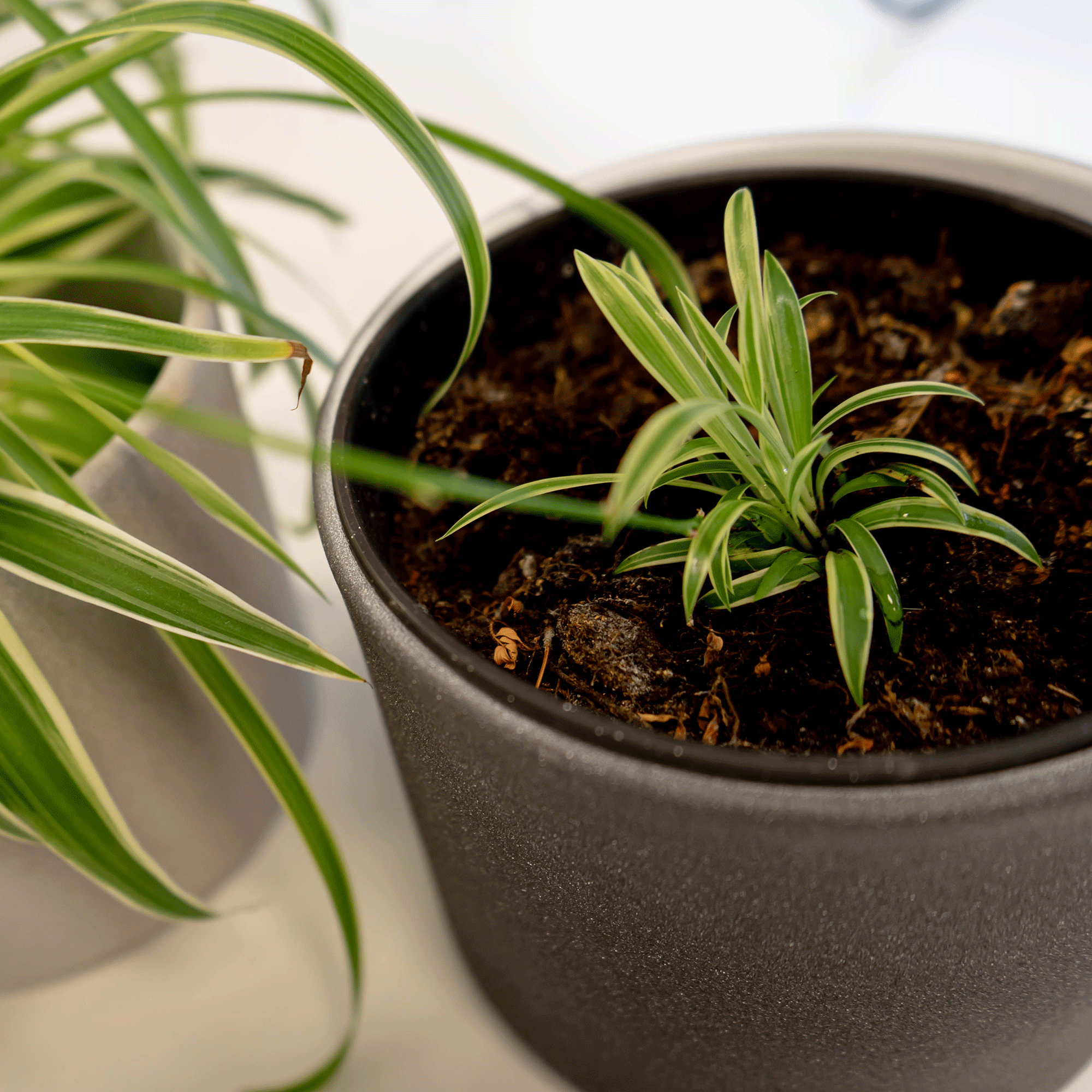
How to grow spider plant babies in water
Another way to grow spider plant babies is to grow them in water. To do this, simply place a plantlet into a tall skinny vase and wait for the roots to grow before potting the rooted plant into the soil. Propagating a spider plant in water is very similar to the technique used to propagate a monstera.
If you are planning on propagating a lot of plants in water, then it might be worth setting up a propagation station – it might even increase your chance of success.
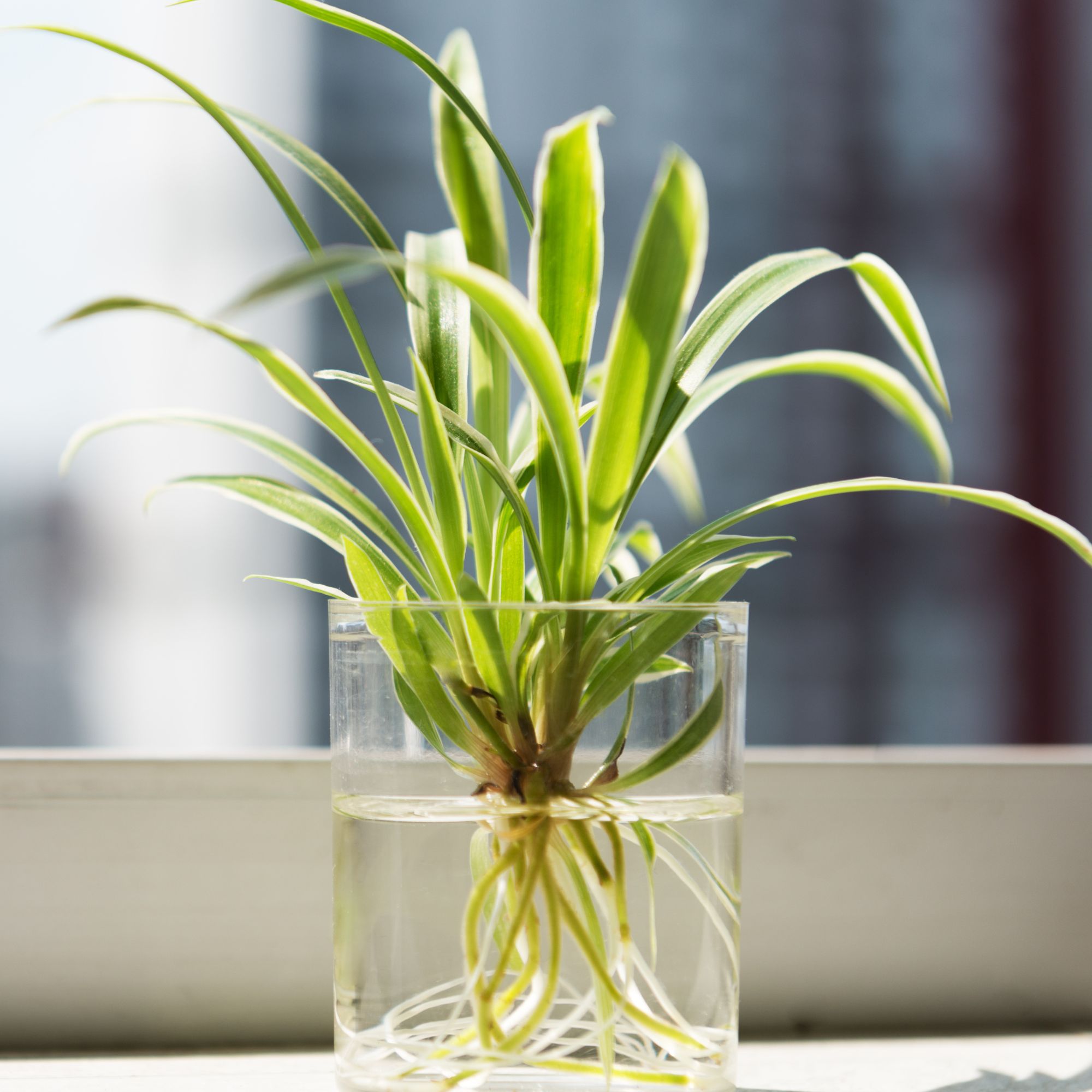
However, you have to be careful with this method. Too much water, or the wrong kind of water, could see your plantlet rot. Home water treatment expert Gene Fitzgerald at BOS has revealed the dangers of growing spider plant babies in hard water, as it contains extra minerals 'which can build up in the soil and affect the roots and water absorption. The minerals can also leave deposits on the plant leaves, which can lead to browning and prevent the photosynthesis process.'
If you live in a hard water area, opt to grow spider plant babies in filtered or rainwater instead.
How to grow spider plant babies by division
Sometimes, a spider plant may not have viable plantlets meaning you can't grow spider plant babies. However, you can still propagate your spider plant using division. Propagating a spider plant by division is best done when the plant has outgrown its current pot and you don't want to increase the size of the pot.
‘To do this, carefully remove the spider plant from its pot and divide the root ball into smaller parts, ensuring each section has healthy roots and foliage,' says Andy Little, houseplant buyer at British Garden Centres. You can do this by pulling apart the plant from the roots or cutting it with sterilised shears or scissors – such as these Micro-Tip Pruning Snips from Amazon.
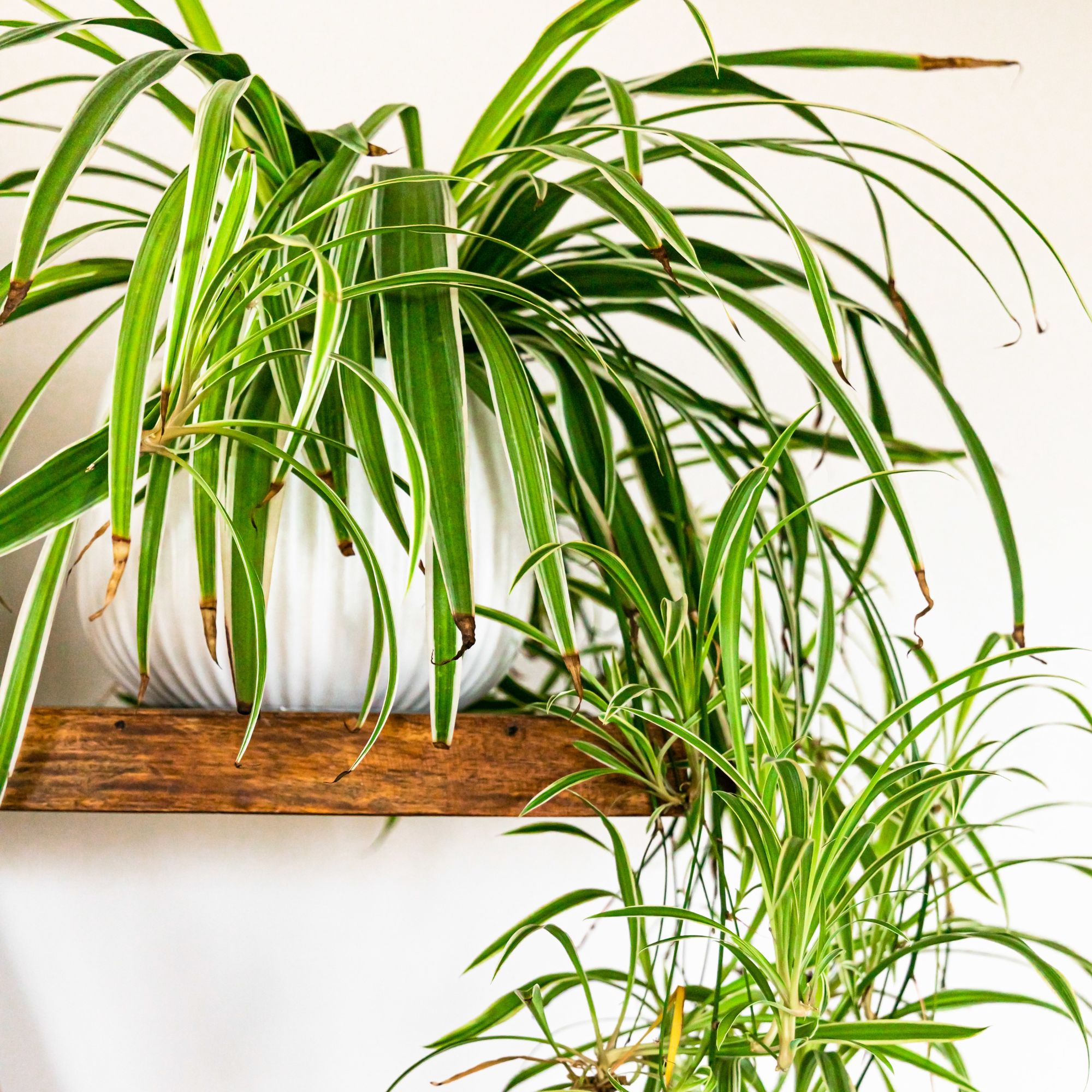
When you have this second plant, re-pot. 'Replant each plant in an individual pot with fresh soil, water them thoroughly, and place them in a warm, brightly lit area,’ adds Andy Little, houseplant buyer at British Garden Centres.
However, propagating a spider plant by division isn’t advisable if you have a young or fragile mother plant. Always make sure the roots are strong to avoid killing the mother plant in the process.
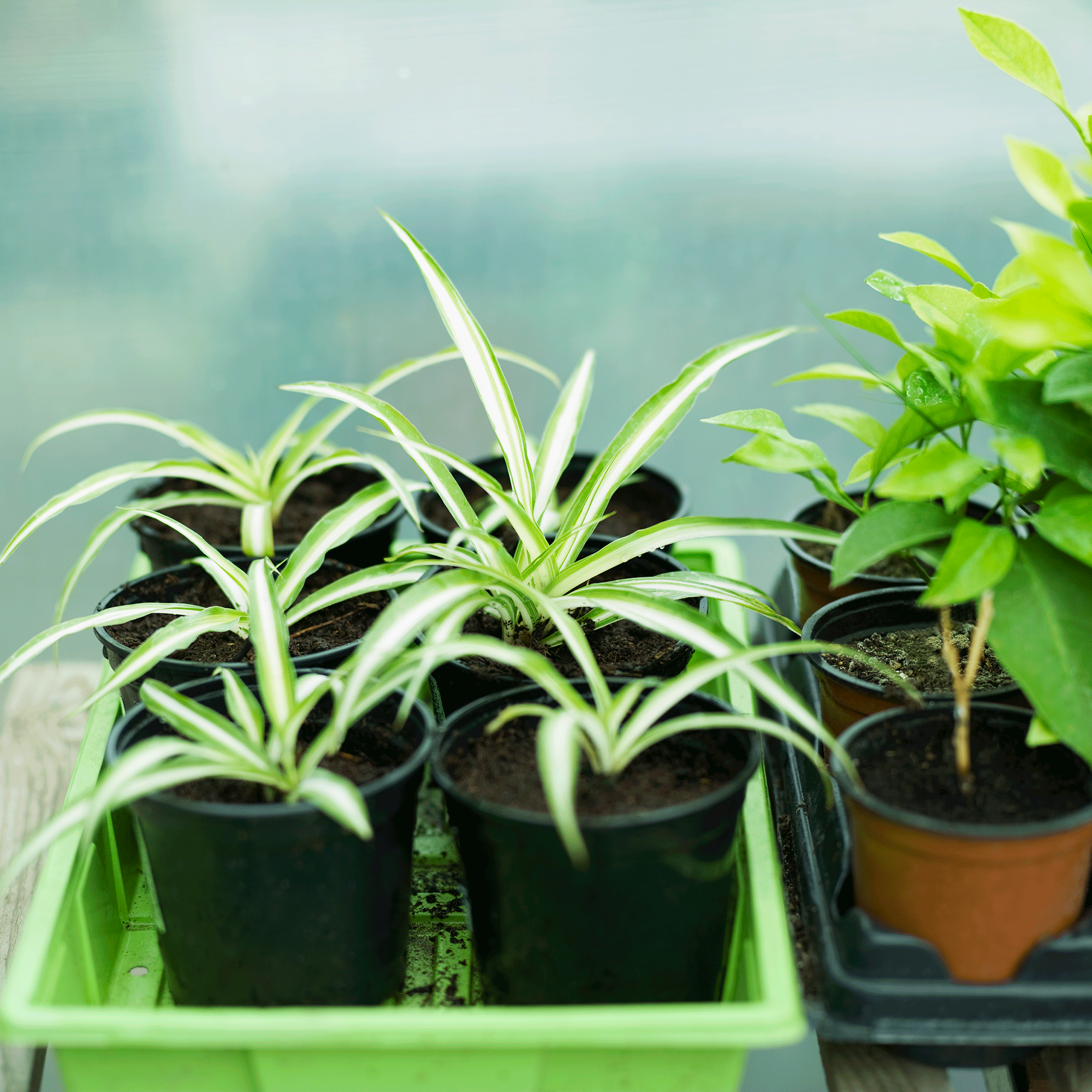
FAQs
Can you put spider plant babies straight into soil?
Yes! Putting spider plant babies straight into the soil is one of the easiest and quickest methods to grow spider plant babies. You can keep the plantlet attached to the mother plant or you can separate it – as long as the plantlet already has its own roots.
Is it OK to leave the babies on a spider plant?
Leaving the babies - or plantlets - on a spider plant will not do it any harm. As long as they remain attached to the mother plant, they will continue to grow and even reproduce themselves. But if you want to keep your plant small, cut the babies off.
Why is my spider plant not producing babies?
It is worth noting that the spider plant needs more than 12 hours of daylight in order to produce spiderettes – ‘this won’t happen during autumn and winter so don’t worry if you don’t get offshoots during this time,’ adds Morag Hill, co-founder of The Little Botanical. If your plant is older – then it might need more light or it might need repotting with fresh soil.
Get the Ideal Home Newsletter
Sign up to our newsletter for style and decor inspiration, house makeovers, project advice and more.

Lauren Bradbury has been the Content Editor for the House Manual section since January 2025 but worked with the team as a freelancer for a year and a half before that. She graduated with a Bachelor’s degree in English and Creative Writing from the University of Chichester in 2016. Then, she dipped her toe into the world of content writing, primarily focusing on home content. After years of agency work, she decided to take the plunge and become a full-time freelancer for online publications, including Real Homes and Ideal Home, before taking on this permanent role. Now, she spends her days searching for the best decluttering and cleaning hacks and creating handy how-to guides for homeowners and renters alike, as well as testing vacuums as part of her role as the Ideal Home Certified Expert in Training on Vacuums, having spent over 110 hours testing different vacuum models to date!
- Holly ReaneyContent Editor
-
 5 signs you’ve taken decluttering too far — and how you can pull yourself back, according to organisation experts
5 signs you’ve taken decluttering too far — and how you can pull yourself back, according to organisation expertsYou might have to start resisting the urge to purge
By Lauren Bradbury
-
 What is the Party Wall Act 3m rule and is it something you should be worried about? This is what the experts say
What is the Party Wall Act 3m rule and is it something you should be worried about? This is what the experts sayDon't get caught off-guard by the Party Wall Act 3m rule — our expert guide is a must-read
By Natasha Brinsmead
-
 Shoppers can’t get enough of The Range’s lemon tree, but I’ve found an even cheaper bestseller at B&Q - it’s perfect for a Mediterranean look
Shoppers can’t get enough of The Range’s lemon tree, but I’ve found an even cheaper bestseller at B&Q - it’s perfect for a Mediterranean lookWelcome the summer with this glorious fruit tree
By Kezia Reynolds